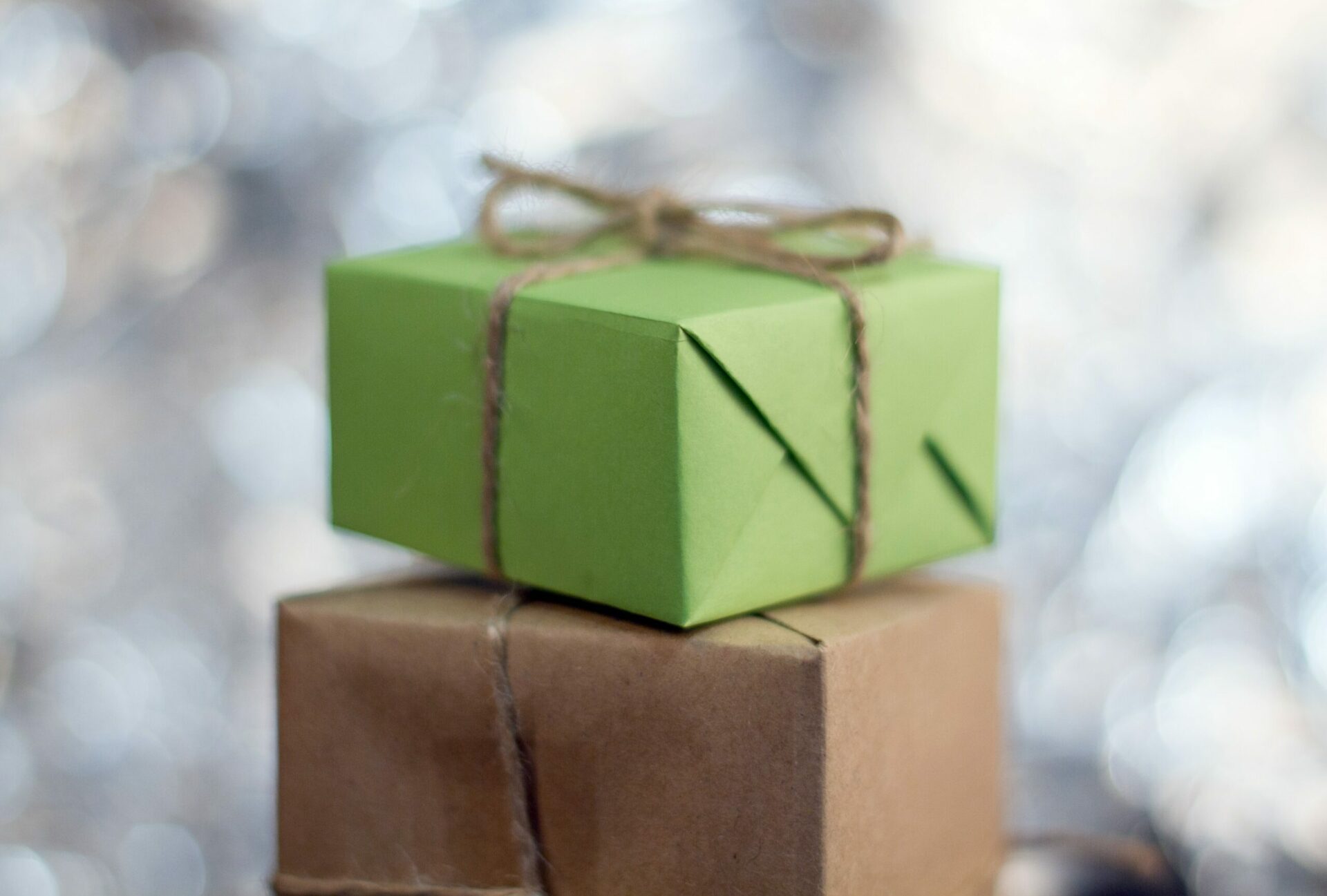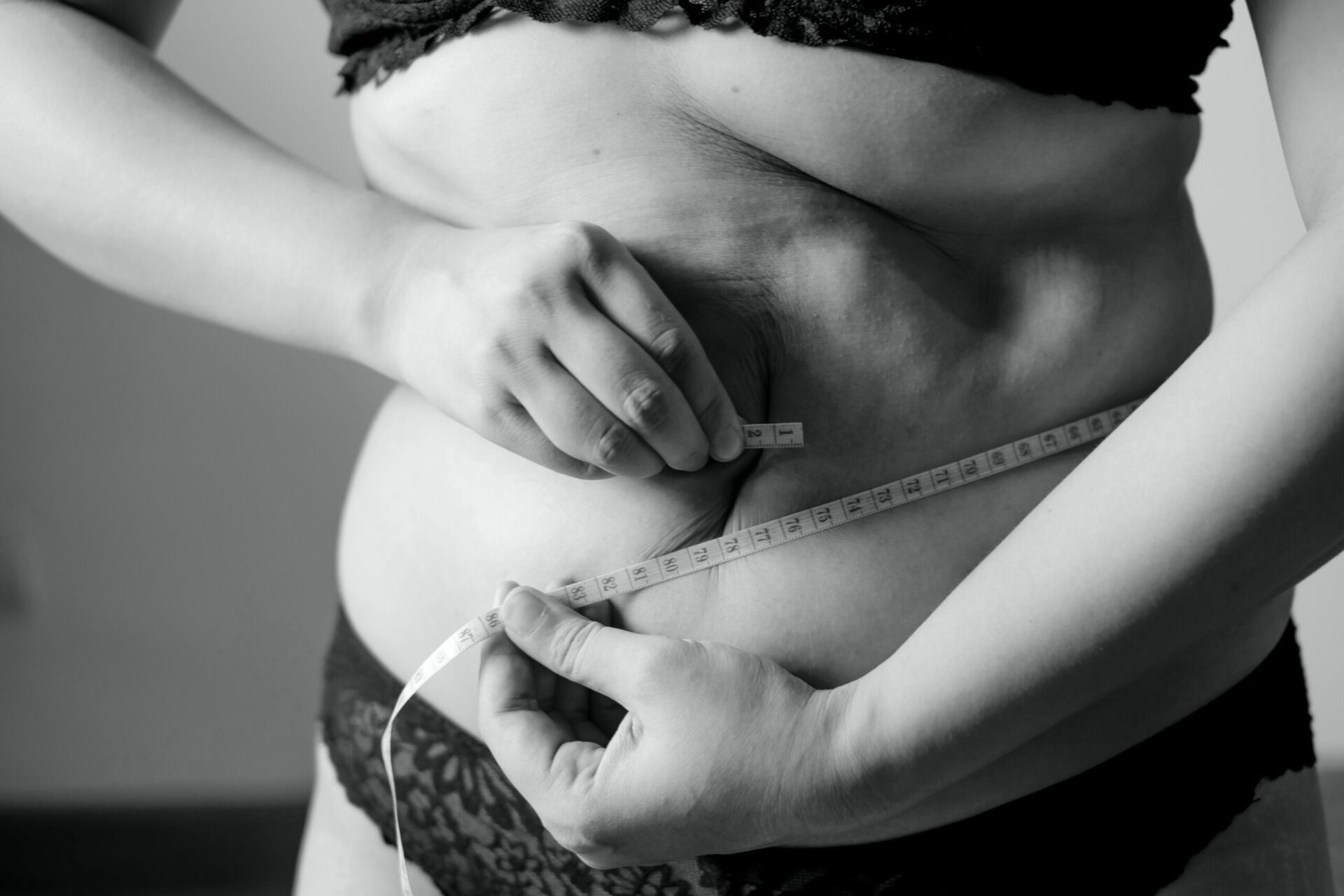Most people don’t realize how much plastic and waste they produce in a day, let alone a lifetime.
- There are now 5.25 trillion macro and micro pieces of plastic in our ocean
- 46,000 pieces in every square mile of ocean, weighing up to 269,000 tonnes.
- 8 million pieces of plastic find their way to the ocean every day.
- By 2050 there will be more plastic than there are fish in the ocean.
- One out of three fish caught for human consumption contains plastic.
What a scary thought, and unfortunately, it is our reality.
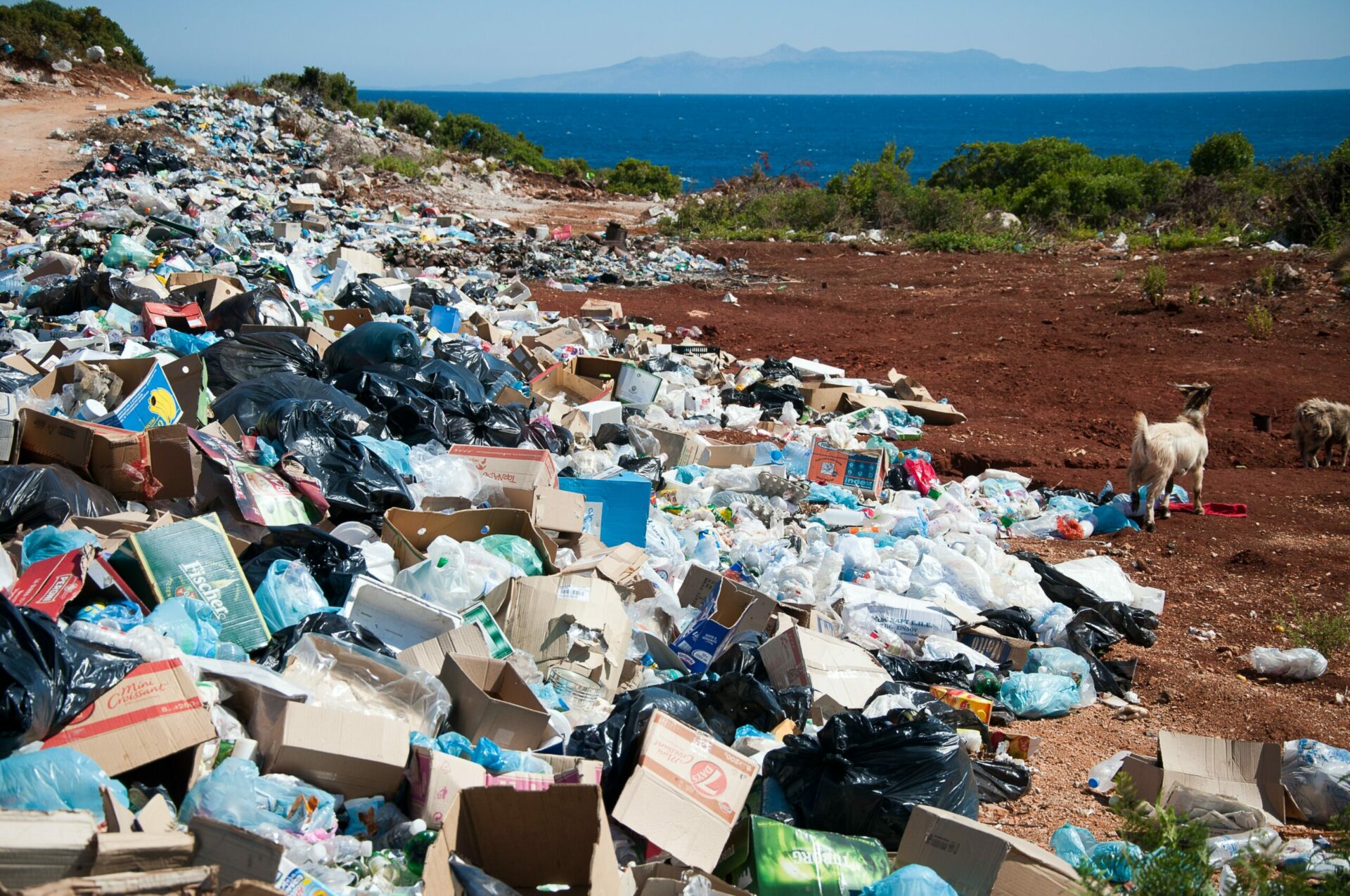
**This post contains affiliate links, and I will be compensated if you make a purchase after clicking on my links.
What can I do to reduce my plastic footprint?
I can’t say my home is a 100% zero-waste home, but I try to implement small changes that help reduce my use of plastic.
I have compiled a list of 13 realistic options to reduce the use of plastic without making drastic changes to your life.
You may even want to calculate your plastic footprint before and after making these changes. You’ll be surprised at the impact you can make.
13 Ways to reduce the use of plastic in your home
- Reusable grocery bags
- Reusable produce bags
- Buy from bulk bins and or local Farmers Market
- Reusable food storage bags
- Plastic-free containers for storing things
- Travel cutlery (straw, fork, spoon)
- Natural clothing (cotton, wool, hemp, and silk) avoids the use of synthetic fibers
- Cut out any beverage in plastic bottles (bottled water, sodas, performance drinks)
- No plastic toilet paper
- Use plastic-free Feminine Hygiene products
- Use beeswax instead of plastic film.
- Make homemade snacks and energy bars.
- Switch to a Zero Waste or Plastic Free Toothpaste
Reduce, Reuse, Recycle
This list of 13 small changes may help you create a significant impact on everyday plastic pollution.
Reusable grocery bags
Reusable bags have become increasingly popular. However, several of them are made from synthetic fibers, which contribute to micro-plastic pollution.
If you are planning on getting a reusable bag, consider buying one that is 100% cotton. It will last longer and create a more significant impact on reducing your plastic footprint.
If you already use reusable grocery bags, take them to the next level.
Take your reusable bag everywhere you go. You may go to the liquor store or for takeout and can use your reusable bag.
Taking your bag everywhere you go will also reduce the likelihood of forgetting to take it with you to the grocery store (I’m guilty of this and end up having to carry my groceries by hand 🙁 ).
Reusable produce bags
Produce bags are great for buying from bulk bins or Farmers Markets. You can purchase mesh ones for your fruit /veggies and solid ones for your grains.
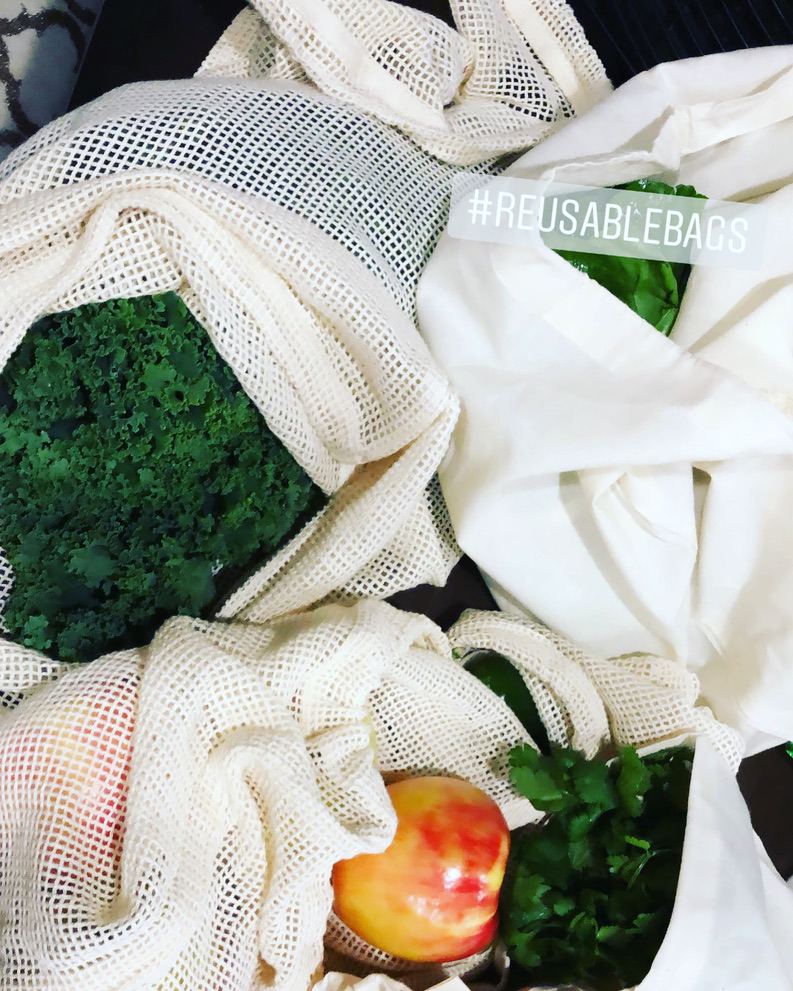
Buy from bulk bins and or local Farmers Market
Buying from bulk bins and local Farmers’ Market helps reduce packaging – a type of single-use plastic. This type of grocery shopping is also becoming increasingly popular and more available to everyone.
If you need help finding stores that encourage eliminating food packaging, consider using the Zero Waste Home App. The app makes finding package-free locations easy. It is also a free resource for living waste-free.
Reusable food storage bags
Each food storage bag is designed to replace hundreds of single-use plastic bags. Make sure to purchase food storage bags that are BPA-free, food-grade, freezer-friendly, and dishwasher safe.
You can use them to store leftovers, sandwiches, and snacks.
Of course, metal and glass containers trump reusable food storage bags, but they’re better than single-use bags.
Plastic-free containers for storing things
Plastic-free containers are great for storing your leftovers, package-free food, cleaning liquids, and more.
I like to repurpose some of the mason jars from store-bought food. An example would be when you buy a pickle jar, repurpose it by deep cleaning it, removing the label, and using it to store something else.
I also use glass spray bottles, glass dish/hand soap dispensers, and glass fragrance spray bottles. All of which can be found at Grove Collaborative.
Have I mentioned how much I LOVE Grove Collaborative? I added a section talking about them because I think you’d love them also.
Travel cutlery (straw, fork, spoon, Knive)
You can buy a travel cutlery kit or make one out of your home cutlery.
I carry bamboo straws everywhere I go and take utensils from home.
When I order takeout, I ask them to exclude any plastic forks and spoons. It doesn’t make sense for people to order takeout with plastic utensils, take it home, and end up using their own.
You end up with a whole lot of unused plastic utensils going straight to the trash or taking up space in a drawer somewhere.
Natural clothing (cotton, wool, hemp, and silk)
Many of our clothing is made with synthetic materials that end up polluting our oceans as microplastic.
Microplastic is found in tap water, beer, and salt – gross! Meaning we ultimately consume the plastic ourselves.
Avoid buying clothing made with plastic fabric, more commonly known as synthetic materials like polyester, acrylic, lycra, spandex, and nylon.
I know this one is hard, especially for us shopaholics.
Cut out any beverage in plastic bottles (bottled water, sodas, performance drinks)
Can you believe that only 9% of 6.3 billion metric tons of plastic is recycled? The rest becomes plastic waste that accumulates in landfills and the ocean.

Slowly make a few changes, like choosing either aluminum canned beverages, glass, or eliminate these beverages from your diet.
The latter is difficult, so aluminum cans are a less drastic change.
No plastic toilet paper
Most toilet paper bought in stores has plastic packaging. Don’t worry, though; there are other options available to us.
Grove collaborative offers Seedless brand toilet paper. It is made from bamboo, and they don’t use plastic for their packaging.
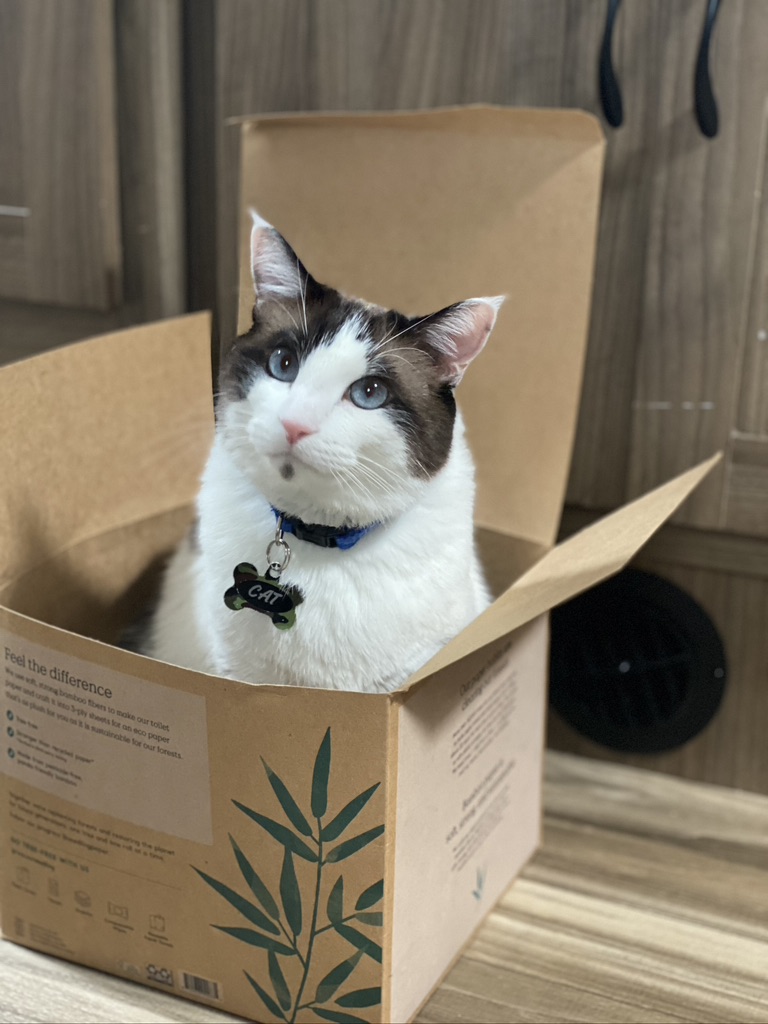
Who Gives a Crap toilet paper is another brand that offers bamboo or recycled paper toilet paper with zero plastic in its packaging.
Use plastic-free Feminine Hygiene products
Women will use an average of 11,000 disposable feminine hygiene products in a lifetime.
Consider how much plastic that is. A lot of the outer packaging for pads is made of plastic. Most tampons and pads are individually packaged in plastic, and lastly, the pads and tampons contain plastic.
Luckily there are many options to help reduce plastic waste from feminine hygiene products.
- Menstrual cups or Flex (tampon alternatives)
- Thinx or Modibodi or Knix (reusable period underwear)
- Dame (reusable tampon applicator)
- Time of The Month or Natracare (plastic-free and 100% cotton products)
I personally use Thinx and prefer them over any pad or tampon.
Use Bee’s Wrap instead of plastic film
Using Bee’s Wrap is a healthier option over plastic film, and it helps reduce plastic waste. You can use wraps to cover bowls, cups or to wrap fruit and veggies.
Grove Collaborative offers wraps handmade from beeswax, organic cotton, organic jojoba oil, and tree resin.
Make homemade snacks and energy bars
Making homemade snacks can become a family affair. It is a great way to spend family time together while also eating better. With homemade snacks, you know what you will be eating, and you reduce any packaging waste.
You can find recipes online or be creative and create your own.
Switch to a Zero Waste or Plastic Free Toothpaste + Floss
As zero waste gains popularity, more options become available to us. Switching your toothpaste to a zero-waste toothpaste will decrease your plastic footprint and you will be providing your family with a healthier option.
I am on my last tube of toothpaste, so I am placing my order now. By the time I finish my last tube, my new plastic-free toothpaste order will be here.
I placed my order with Huppy because of their mission to do good, give back, and leave the world a whole lot brighter. They offer three different flavor options and a plastic-free floss made of vegan Candelilla wax and corn starch.
However, as I mentioned before, you have options! There are many zero-waste toothpaste options available. There are powder options, tablet options, and paste options, or DIY options.
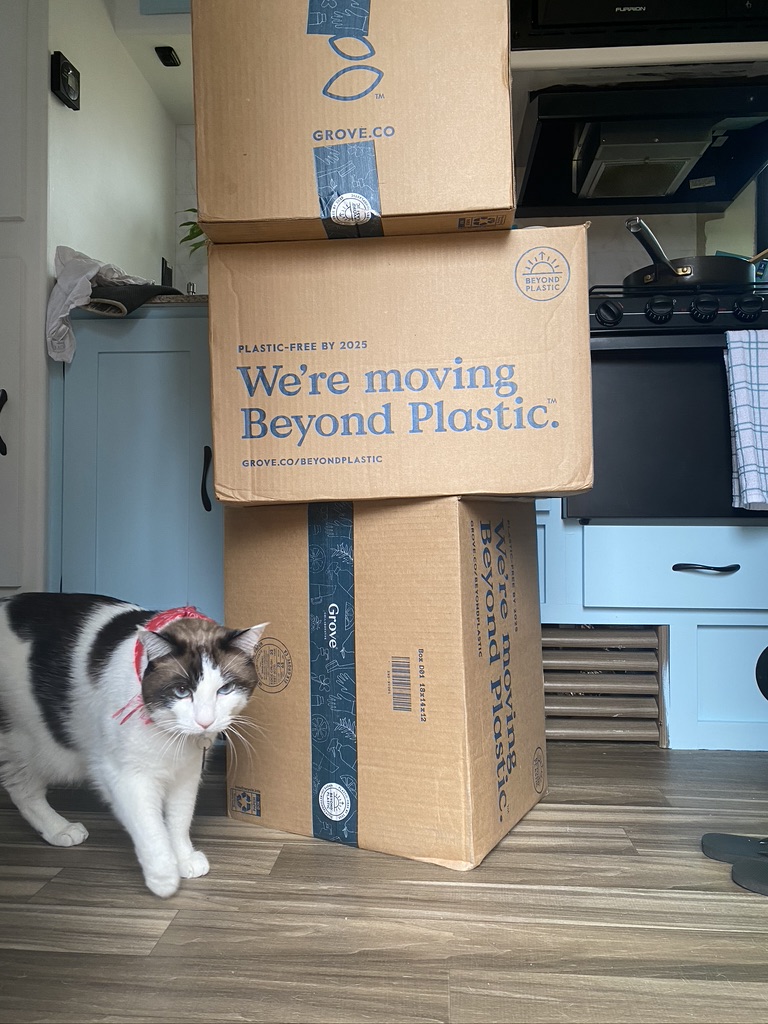
Grove Collaborative
Grove Collaborative offers products that are great for both the planet and its consumers. They currently provide 2000+ products and several plastic-free options.
They are currently Plastic neutral and aim to be 100% plastic-free by 2025.
“Grove Collaboratives‘ mission is to inspire every family to create and sustain a healthy, beautiful home by offering environmentally friendly household and personal care products.”
I’m telling you, they’re fantastic!
Bottom Line
Plastic pollution is not only a contributor to climate change and carbon dioxide emissions. It is also affecting our health and well-being.
Let’s motivate companies to follow suit in reducing their plastic footprint by reducing or eliminating our consumption of their single-use plastic products!
I’m not saying you have to throw away all of your plastic items to buy non-plastic items. That would surely only create more pollution.
I am saying that little by little, we can choose non-plastic products, and that will ultimately reduce our plastic footprint.
I know making these changes to reduce the use of plastic can be difficult and can take time, but making small changes can make a big difference.
What small changes have you made to reduce your plastic footprint?
Sources: Plastic Oceans, Plastic in the Ocean Statistics 2020-2021, Zero Waste Home, Plastic Footprint Calculator
